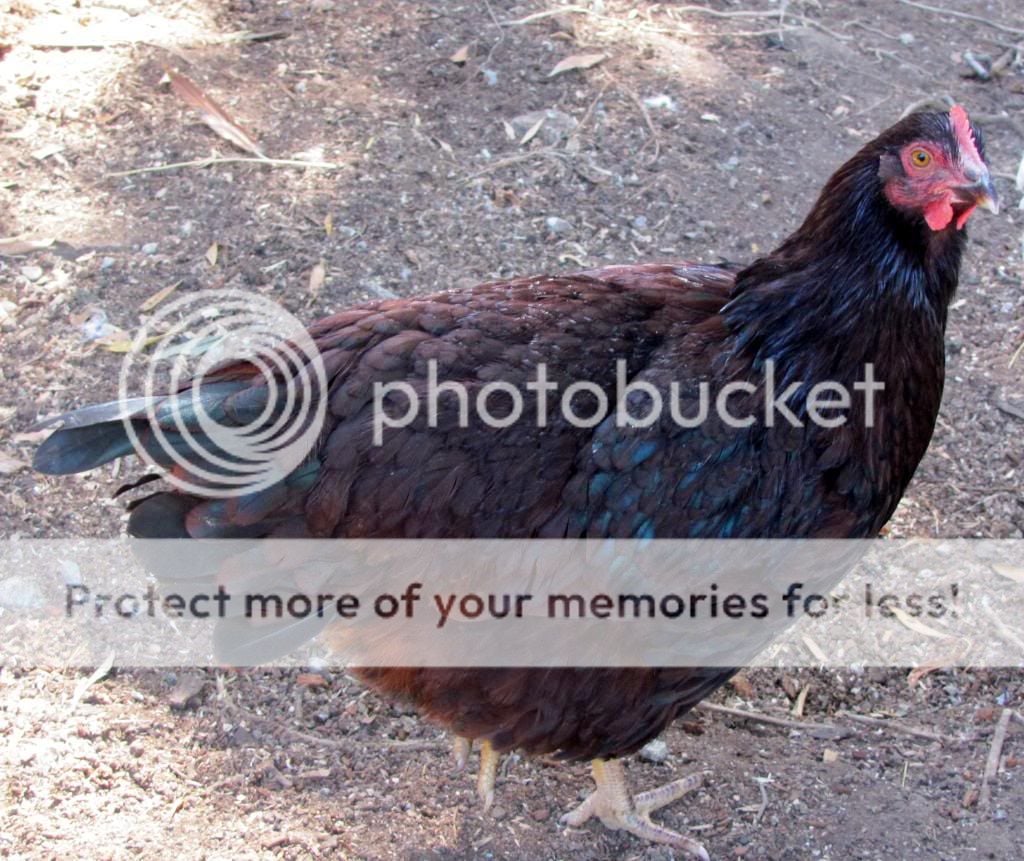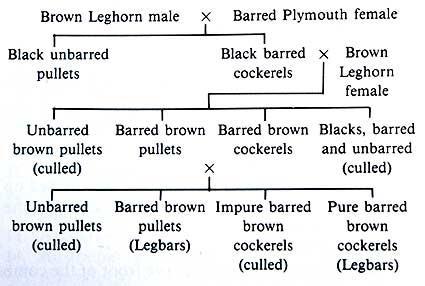Rhodebars, anybody interested in these birds? Does anybody have them?


Pictures via poultrykeeper.com


Pictures via poultrykeeper.com
Via Melrose Poultry- Rhodebars are an autosexing breed that were first created in the 1930's. In an effort to produce a fowl that was capable of laying well, and with the added advantage of being sexable at hatching, a number of breeds had the barring gene "added" to them. Thus, there came about breeds such as Rhodebars (barred Rhode Island Reds), Wybars (barred Silver Laced Wyandottes), Welbars (barred Welsumers), Legbars (barred Leghorns) and the list goes on. They are considered to be a purebreed of poultry as they breed true - each generation looks like the former. Standards exist in the UK for many of the Autosexing breeds, where they are still reasonably popular. The autosexing breeds almost died out with the introduction of the commercial hybrids which became the industry standard for egg production.
Greenfire has imported them... they're selling them for dirt cheap on their website right now, too. $29 per male chick. http://greenfirefarms.com/store/category/chickens/rhodebar/
I really love my Heritage Reds, it seems easy enough to create your own Rhodebar line too by using them. What do y'all think?
Here's one of my Heritage Rhode Island Red pullets that may be the foundation of my Rhodebar breeding project.

Greenfire has imported them... they're selling them for dirt cheap on their website right now, too. $29 per male chick. http://greenfirefarms.com/store/category/chickens/rhodebar/
I really love my Heritage Reds, it seems easy enough to create your own Rhodebar line too by using them. What do y'all think?
Here's one of my Heritage Rhode Island Red pullets that may be the foundation of my Rhodebar breeding project.

Last edited:






